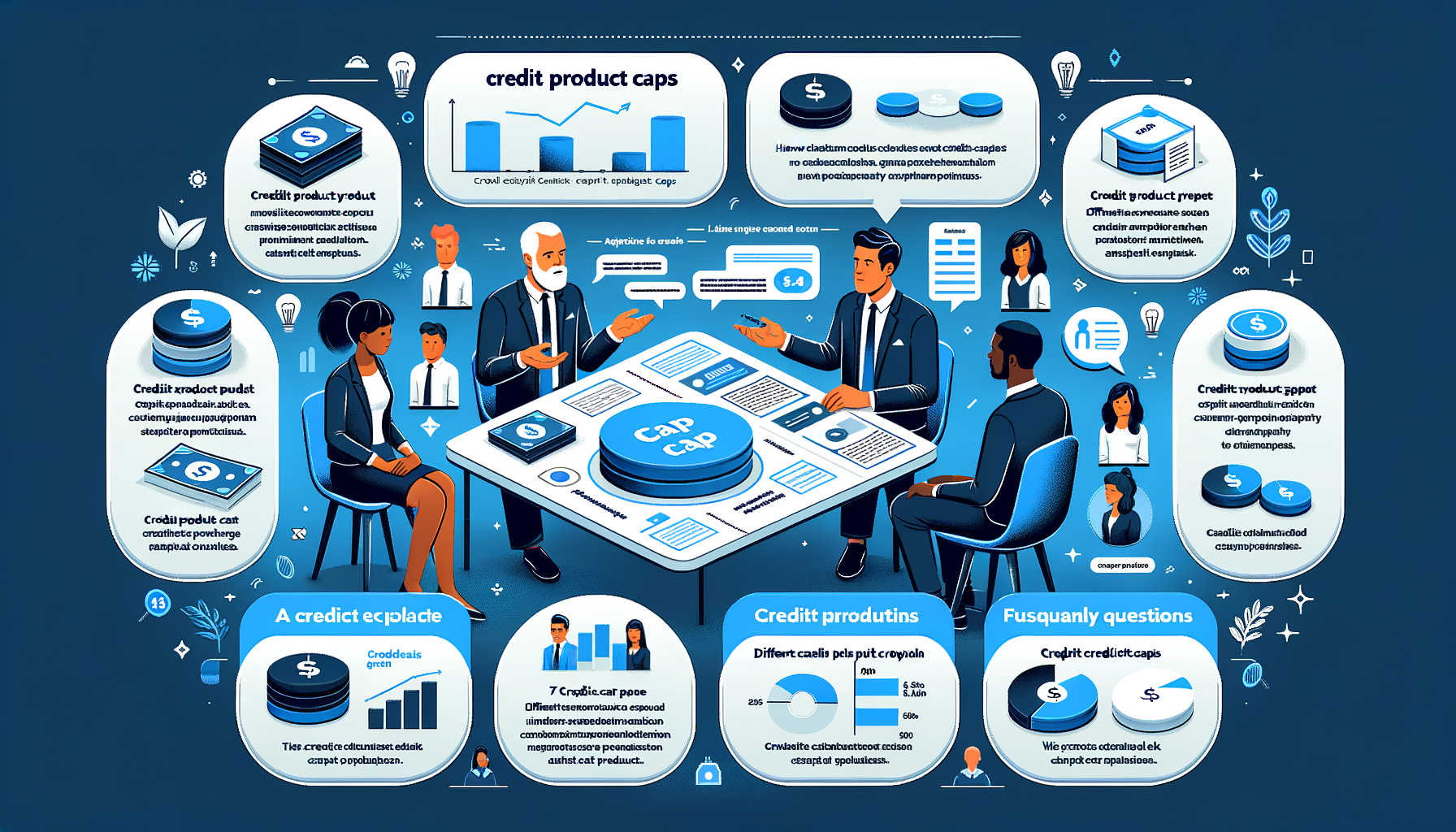Understanding credit product caps is essential for both consumers and financial professionals. These caps play a vital role in the lending and credit industries, setting limits on the amounts that can be charged or borrowed. This article delves into the definition of credit product caps and the intricacies of their mechanics, providing a clear picture of how they function and their impact on credit arrangements. With a firm grasp on credit cap basics and the behind-the-scenes workings, individuals and businesses can make informed decisions and better manage their financial health.
Grasping Credit Cap Basics
Credit product caps refer to the maximum limit on the interest rates or fees that can be charged on credit products such as loans, credit cards, and mortgages. These caps are designed to protect consumers from exorbitant costs and to create a fair lending environment. They vary depending on the type of credit product, geographical location, and the regulatory framework in place. By setting a ceiling on the cost of borrowing, caps help in preventing predatory lending practices where lenders charge excessively high-interest rates to high-risk borrowers.
Understanding credit caps is crucial for borrowers, as these can greatly affect the overall cost of a loan. For example, a credit card with a capped rate will not exceed a certain percentage, even if market rates rise. This can lead to significant savings over time, particularly in a volatile economic climate. Moreover, caps can also influence the accessibility of credit, as lenders may be more cautious in their lending practices if their potential returns are limited by a cap.
Credit caps have also been a topic of debate among policymakers and financial institutions. While they are intended to protect consumers, some argue that they can unintentionally limit the availability of credit to those who need it most, as lenders might be less inclined to extend credit if their potential profit is restricted. It is, therefore, important to strike a balance between consumer protection and maintaining a fluid credit market.
Mechanics Behind Product Caps
The implementation of credit product caps is governed by a variety of regulatory mechanisms. In many cases, it is the central bank or a financial regulatory authority that sets these caps, based on economic indicators or policy objectives. They adjust the caps in response to changes in the economy, such as inflation or shifts in the lending market, to ensure stability and affordability in credit products.
Lenders must carefully navigate these caps when designing their products. They calculate the potential profitability of a credit product while adhering to the cap, and they also account for the risk associated with lending. This risk assessment often includes a borrower’s credit history, current debt levels, and the likelihood of repayment. If a cap is set too low, it may deter lenders from offering certain products, while a cap set too high may not offer sufficient consumer protection.
Moreover, the enforcement of these caps is crucial. Regulatory bodies monitor and audit financial institutions to ensure compliance with the capped rates and fees. Penalties for exceeding caps can include fines, reputational damage, and in severe cases, revocation of a lender’s license to operate. This enforcement helps maintain trust in the financial system and encourages responsible lending and borrowing practices.
Credit product caps serve as a safeguard against exorbitant borrowing costs while ensuring a competitive lending environment. By comprehending the fundamentals and mechanics of these caps, consumers can better understand the costs associated with borrowing and make more informed credit decisions. Meanwhile, lenders can design products that both comply with regulations and meet the financial needs of their customers. As financial landscapes evolve, the significance of credit caps remains as a balancing act between consumer protection and economic vitality.
